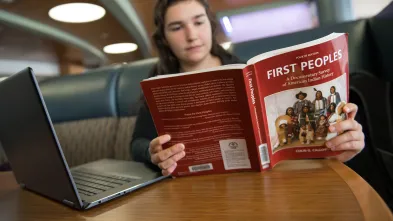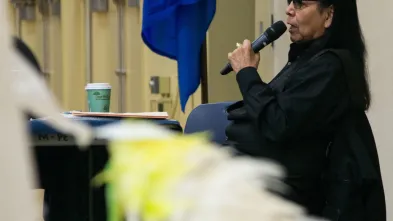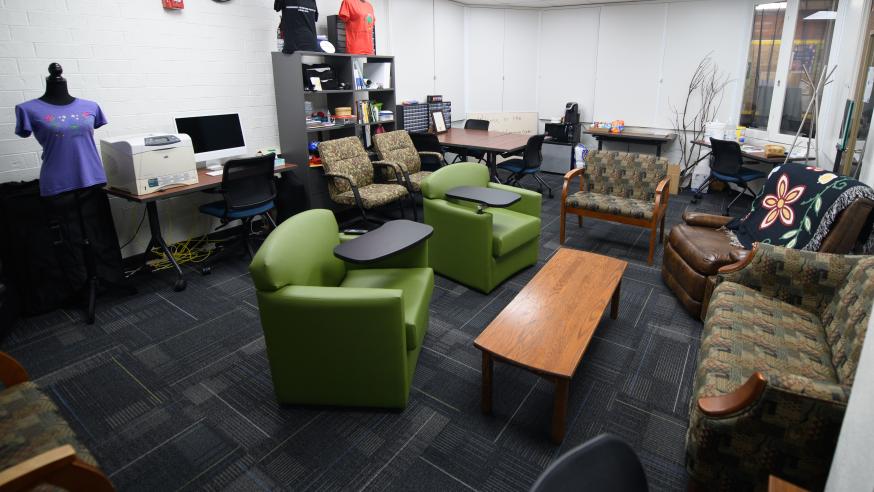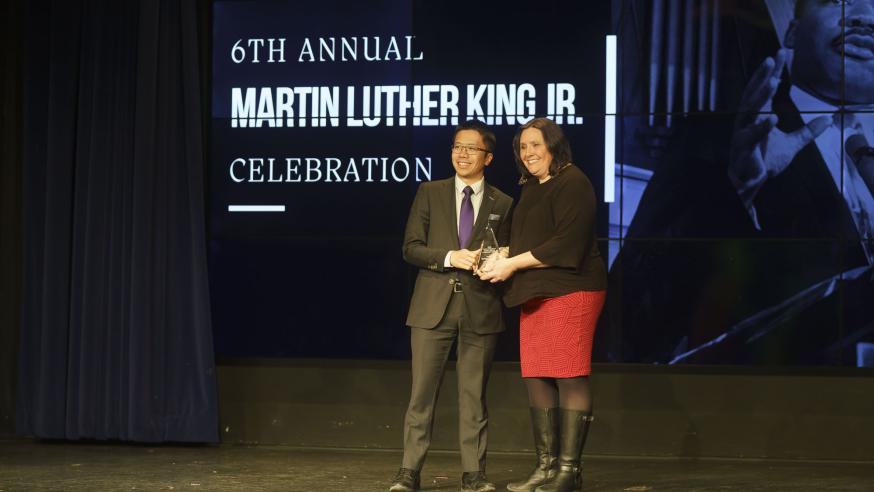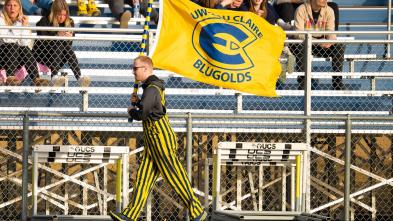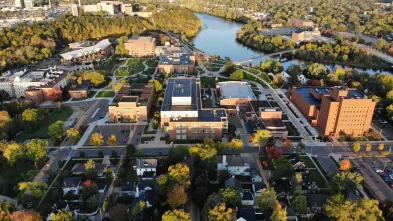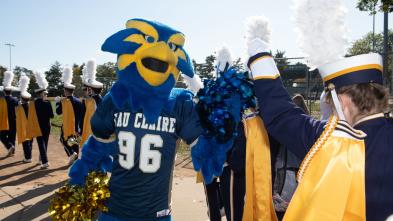American Indian Studies Program
Expand Your Cultural Competency
The American Indian Studies Program at the University of Wisconsin-Eau Claire is committed to the study of the cultures, values, history, and contemporary life of the indigenous nations and peoples of North America. Through courses from various disciplines and interactions with American Indian professionals, elders, and peers, students will develop abilities and enhance their knowledge and understanding in accordance with university and tribally defined standards of excellence.
Majors and Minors in American Indian Studies
American Indian studies courses provide rich opportunities for you to create and enhance workplace-ready skills, especially those related to cultural competency. Our graduates, whether AIS major, minor, or certificate holders, are well served by a curriculum that provides the background and cultural knowledge needed to thrive on both a personal and professional level.
Meet the Faculty
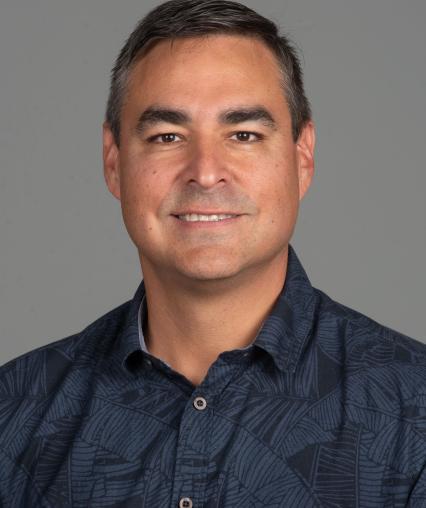
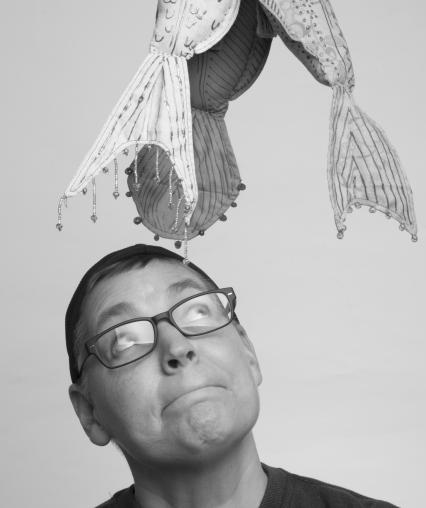
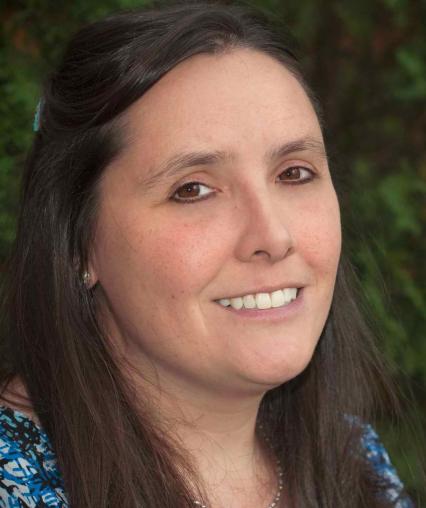
Blugold Stories
American Indian Studies Program
Hibbard Humanities Hall 384
124 Garfield Avenue
Eau Claire, WI 54701
United States
